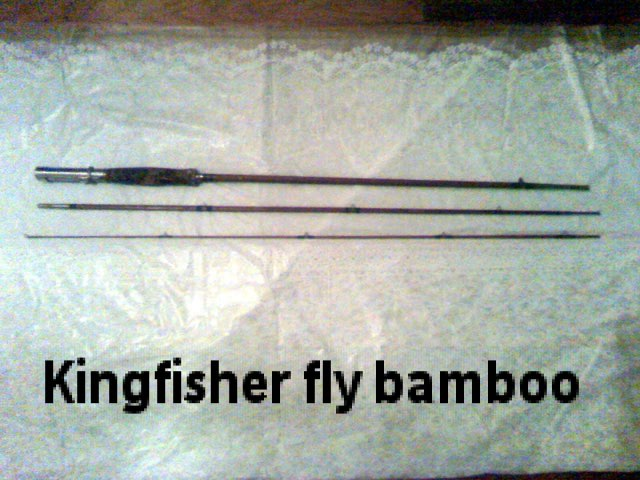Board tuning
Question
Hello, I've been boarding for a few years now and have started doing my own tune up's. Basic wax and edge shapening. Do you have or know of any detailed instructions on tuning mabe even a picture or 2 to help. Not real clear on the de tuning think either. Any help would be appreciated. Thanks
Answer
Hey Riff, no pics but I'll try and explain as best I can:
Here is the step by step for a complete board tune up, which need only be done by a really core rider three to five times a season, and by a weekend warrior once or twice.
STEP 1. Strip and clean the base down to the naked material. Use any one of the numerous base cleaners available at ski and board shops; I suggest a citrus-based one, since it's the best and is kindest to your base. You should follow the instructions for the particular brand you buy, but make sure the base is comepletely "naked", no wax, base coat, nothing, and clean.
STEP 2. Repair any long scrapes or scratches, deep gouges, or holes in your base. Use your judgment, something small doesn't need it, but something that will lead to serious damage due to water penetration or simply looks like it will get bigger needs repair. This was an easier process a few years ago when all bases were varying grades of P-Tex. Now bases are being made out of all sorts of wack materials; graphite-carbon mixes, titanium plastics, etc. Figure out what material your base is and buy the corresponding repair kit. If you're lucky you'll find it pretty easily, worst-case scenario the board goes to the shop for professional repair. Allow any repairs to fully cool, harden, and or dry for one to two hours before proceeding.
STEP 3. Sharpen your edges. You know how to do this, so I'll address de-tuning. Boards which are sharpened from tip to tail (i.e. on a machine) require de-tuning. Basically the nose and tail edges, and about a half inch of the flat edge before the nose or tail, must be dulled (de-tuned) so you won't catch an edge from your nose biting in and dragging the board into a crazy snowboard version of the infamous early Porsche 911 oversteer (I'm into cars too). The tail needs to be de-tuned for when you land tricks fakie or ride fakie. In your case, since I'm assuming you're sharpening the edges with a small hand-held sharpener, just don't sharpen the nose and tail. You will probably end up accidently sharpening that half-inch before the nose and tail, since if you're sharpening effectively you're using long, sweeping strokes. Go over that area gently with a very fine file, or better yet a block.
STEP 4. Clean any and all metal dust off the base and topsheet. Use a wet rag with a little base-cleaner, so any dirt from the top-sheet doesn't find it's way onto your clean base. Dry the board with a towel thoroughly before proceeding.
STEP 5. Apply base-coat to your base. This stuff is sometimes called under-wax, base treatment, whatever. It's a solution that you apply to a naked base before applying wax. It helps by creating a bond between wax and board, so the wax better adheres to and permeates the base. The result is a faster board and longer lasting wax jobs. Some brands also advertise qualities that protect the base from minor scratches, etc.
STEP 6. The final stage in a complete tune-up, wax the base. You know how to do this, but in the first waxing after a tune-up it's good to lay it on extra thick. Your first half-dozen runs may be slightly slower, but you'll want a nice layer of protection between the freshly cleaned base and the rocks, sticks, people, whatever.
Keep in mind if you ride seven days a week, you should be waxing your board once to twice a week depending on your riding style.
Hope this helps. Keep rockin' on to the mellow sounds of ABBA, or don't. have fun.
-Racer X
Winterstick board
Can I have those Links you have?...


